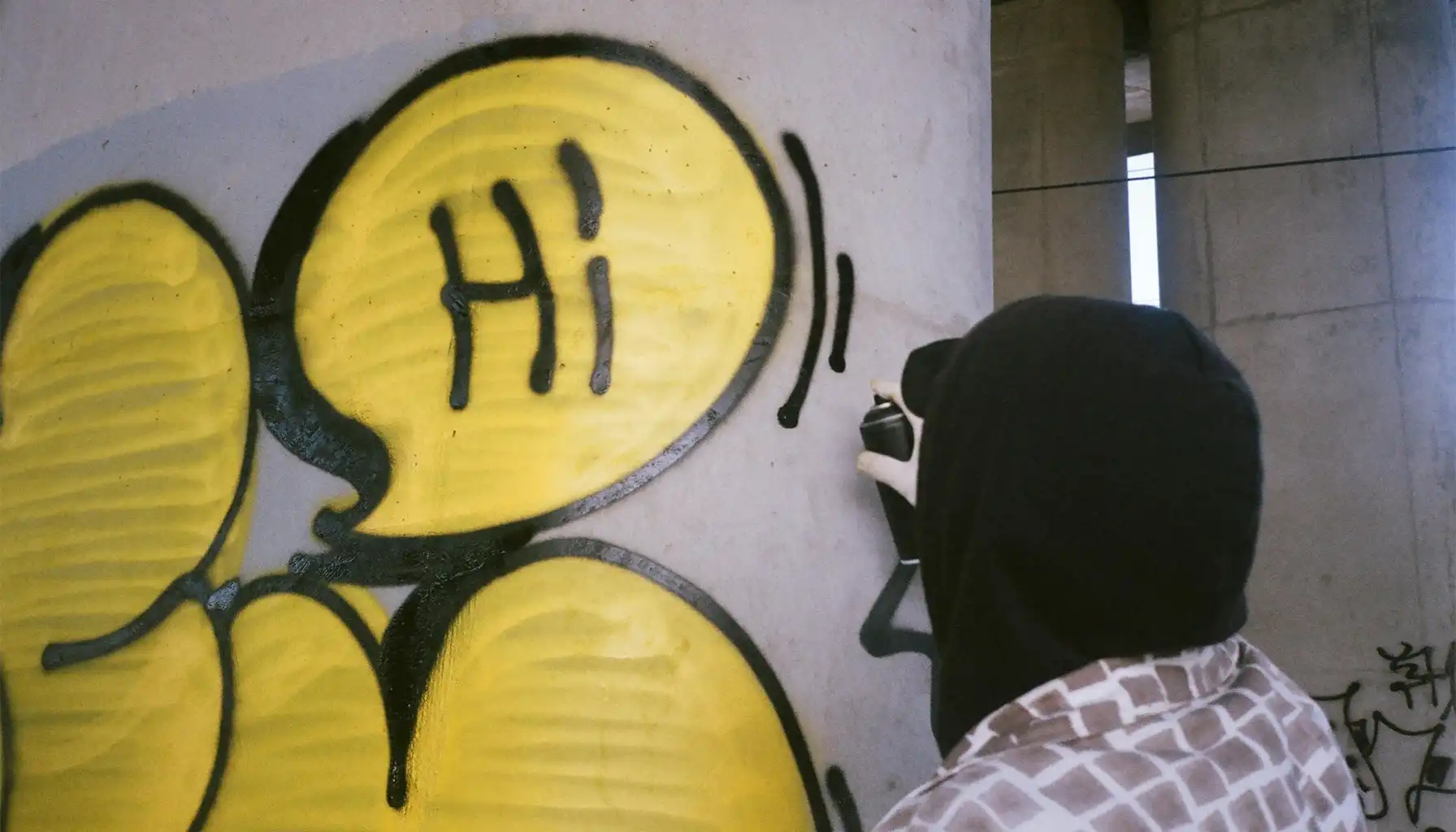Deviant Behavior: Definition, Types, Examples, and Causes

Contents:
Deviant behavior is a complex and highly important topic in the fields of sociology and psychology. It is important to understand that deviance is not always something "bad" or illegal; rather, it is about how a society or group of people reacts to certain behaviors rather than to improve focus and be concentrated about your own personal growth.
What is considered perfectly normal in one culture or environment may be considered abnormal in another.
An act is considered deviant only because it violates generally accepted cultural rules and beliefs, which may differ from place to place and from one historical period to another.
A person's behavior is considered deviant if it contradicts the general rules and customs of their community.

Understanding Deviance: Two Main Perspectives
The Sociological View
From a sociological perspective, the definition of deviant behavior is directly tied to the concept of social norms. Therefore, what is deviant behavior in sociology is any action that challenges these established norms.
For example, in most cultures, it is normal to wear clothes, so someone walking around without any clothing would be seen as a deviant. The reaction of society is what truly makes an action deviant.
The field of deviant behavior definition sociology focuses on why societies create certain rules and how they enforce them.
Simple Example: Remember how from early childhood in movies and TV series we saw characters who are obsessed with shopping, and it was always presented as something cool and funny. But as adults, can you call this behavior mature, not infantile? Shopping addiction is one of the hidden addictions that is approved by society, but it undermines your nervous system and develops harmful habits.
The Psychological View
This sociological approach is different from a psychological view. Deviant behavior psychology often looks at the individual, exploring the mental and emotional factors like depression or ADD and ADHD that might lead a person to act deviantly.
A psychologist might ask about a person's childhood experiences like narcissistic parents, their personality, or their mental state to understand their behavior.
The deviant behavior meaning is not just about crime, but about a wide range of actions. For instance, being rude to a stranger is a small form of deviance, but it is not illegal.

Perspective | Focus of Study | Core Question |
Sociology | Social norms, group reactions, and cultural context. | Why does society call some actions bad? |
Psychology | Individual motivations, mental states, and personality traits. | What psychological factors cause an individual to behave deviantly? |
Biology(Bonus) | Genetic and neurological factors, such as brain chemistry. | Can a person's biology predispose them to deviant acts? |
Classifying Deviant Behaviors
There are several useful ways to categorize the types of deviant behavior. A common way is to distinguish between formal and informal deviance.
Formal and Informal Deviance
Formal deviance refers to breaking laws, such as robbery or murder. These are behaviors that are officially sanctioned and punished by the legal system. Informal deviance, on the other hand, involves violating social norms that are not codified into law.
Examples include gossiping, being rude, or dressing in a way that is seen as inappropriate by a specific group.
Here are some examples of both types of deviance:
Formal Deviance:
Breaking laws (stealing from a shop).
Violating traffic rules (speeding on a highway).
Committing a crime (vandalism or assault).
Informal Deviance:
Not saying "thank you" when someone helps you.
Talking loudly on a phone in a quiet library.
Staring at a stranger for a long time.

Positive Deviance
For example, a doctor who breaks hospital protocol to save a patient's life might be engaging in positive deviance. Positive deviant behavior examples often involve people who go beyond the expected norms in a way that benefits others or creates a positive social change.
In a community with malnutrition, a family that finds a new, healthier way to cook local food and shares it with their neighbors is showing positive deviance.
Real-World Examples of Deviance
The examples of deviant behavior are countless because they depend so much on the context. A simple example of deviant behavior could be someone talking loudly on their phone in a quiet library, which breaks the norm of silence.
It is also important to discuss deviant sexual behavior examples and the factors that influence them.
For instance, having multiple romantic partners might be seen as sexually deviant behavior examples in some conservative cultures, while it is more accepted in others.
The Roots of Deviance: Theories and Causes
Sociological Theories
Here are some key sociological theories that explain why deviance occurs:
Strain Theory: This theory suggests that people turn to deviance when they cannot achieve socially accepted goals through legitimate means. A person who wants a nice car and a big house but cannot find a good job might turn to theft or drug dealing.
Social Control Theory: This theory argues that deviance is more likely when a person's social bonds are weak. If a person feels connected to their family, school, and community, they are less likely to break the rules.
Labeling Theory: This theory states that deviance is not an act itself, but the label given to an act by society. A person becomes deviant because a powerful group labels them as such.
Psychological and Other Causes
Regarding specific forms of deviance, understanding what causes sexually deviant behavior is often complex, requiring a look at multiple factors. The signs of deviant behavior can include a person being avoided by their group, receiving disapproval, or facing formal punishment from authorities.
Psychological Factors: Upbringing, traumatic experiences, and mental health issues can all contribute to deviant behavior.
Cultural Factors: A society that suppresses natural sexual expression could lead a person to act out in ways that are deemed deviant.
Individual Characteristics: Personality traits and emotional history can influence an individual's likelihood of engaging in deviant acts.

How Society Defines Deviance
A central theme in the study of deviance is that a behavior comes to be defined as deviant because of the social reaction to it, not because of the behavior itself. A behavior is not inherently deviant; it is made deviant by a group's response.
The key question is not "Why did they do it?" but "Why do we react to it this way?" The field of deviant behavior sociology teaches us that deviance is a social construct.
The following factors influence whether a behavior is considered deviant:
Social Context: The location where the behavior occurs. For example, shouting at a football game is fine, but shouting in a quiet library is not.
Historical Period: Norms change over time. What was considered deviant in the 1950s might be mainstream today.
Cultural Norms: Different cultures have different rules and expectations. A behavior that is a religious ritual in one culture might be seen as strange or deviant in another.
Power Dynamics: The powerful in society often have a bigger say in defining what is deviant. Their norms become the dominant ones.
To define deviant behavior is to understand that it is a relative concept, tied to the specific norms and values of a given society. The norms in every society are different and, moreover, are changing rapidly every day.
Therefore, what was previously considered deviant is now considered acceptable, and so on.
There is no point in stigmatizing someone for inappropriate behavior or condemning them, every six months new trends for a role model appear on social networks, and this is another proof that all norms are temporary.





